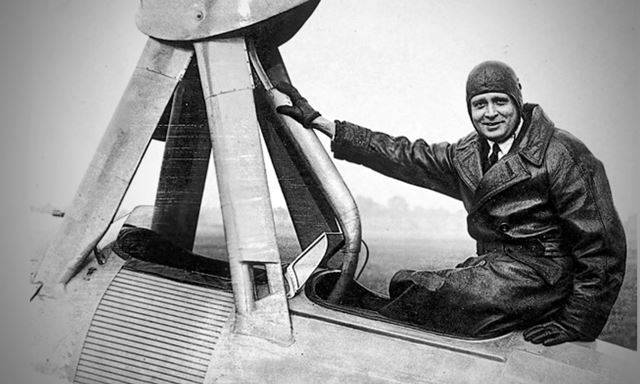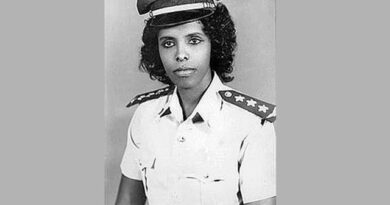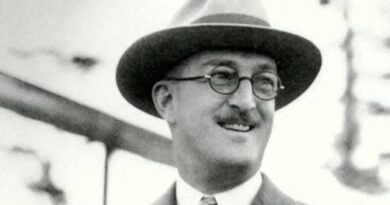3 People Left Mark on Spanish Aviation History
Spain has a rich history in aviation, with many pioneers who made significant contributions to the development of this field. In this article, we will discuss three people who left their mark on Spanish aviation history. “3 People Left Mark on Spanish Aviation History”
Juan de la Cierva
Juan de la Cierva was a Spanish aeronautical engineer and inventor who is best known for his invention of the autogyro, a type of rotary-wing aircraft. He developed the autogyro in the early 1920s as a solution to the problem of stall and spin in fixed-wing aircraft. The autogyro uses a rotor to provide lift and a conventional engine to provide forward thrust, making it much safer and more stable than traditional fixed-wing aircraft.
De la Cierva’s autogyro was a significant breakthrough in aviation technology and paved the way for the development of modern helicopters. He also made significant contributions to the development of the jet engine and other aeronautical technologies.

Emilio Herrera
Emilio Herrera was a Spanish inventor and aeronautical engineer who is best known for his development of the space suit. In the 1930s, Herrera worked on developing a suit that would protect pilots and astronauts from the extreme conditions of high altitude and spaceflight. He invented a suit that was pressurized and equipped with an oxygen supply, allowing pilots to fly at high altitudes without suffering from hypoxia.
Herrera’s space suit was a significant breakthrough in aviation technology and laid the foundation for the development of modern space suits. His work also contributed to the development of rocket technology and space exploration.
Julio Ruiz de Alda
Julio Ruiz de Alda was a Spanish aeronautical engineer and inventor who is best known for his development of the Variable Geometry Wing (VGW). The VGW is a type of wing that can be adjusted in flight to optimize performance for different flight conditions. This technology allows aircraft to fly efficiently at both low and high speeds, making them more versatile and cost-effective.
Ruiz de Alda’s VGW technology was a significant breakthrough in aviation technology and has been widely adopted by military and commercial aircraft manufacturers around the world. His work also contributed to the development of other aeronautical technologies, such as fly-by-wire systems and digital flight control systems.
In conclusion, these three individuals have made significant contributions to the development of Spanish aviation history. Their innovations and inventions have paved the way for modern aviation technologies and have played a crucial role in the advancement of aeronautical engineering. Their legacies continue to inspire and influence future generations of aviation engineers and enthusiasts.
References:
- “Julio Ruiz de Alda.” Encyclopædia Britannica. Encyclopædia Britannica, Inc., n.d. Web. 27 Mar. 2023.
- “The Inventors: Julio Ruiz de Alda.” Airbus. Airbus, n.d. Web. 27 Mar. 2023.
- “Emilio Herrera.” Encyclopædia Britannica. Encyclopædia Britannica, Inc., n.d. Web. 27 Mar. 2023.
- “Emilio Herrera and the Invention of the Space Suit.” NASA. NASA, 25 Mar. 2015. Web. 27 Mar. 2023.
- “Juan de la Cierva.” Encyclopædia Britannica. Encyclopædia Britannica, Inc., n.d. Web. 27 Mar. 2023.
- “Juan de la Cierva: The man who invented the autogyro.” BBC News. BBC, 21 Sept. 2016. Web. 27 Mar. 2023.


